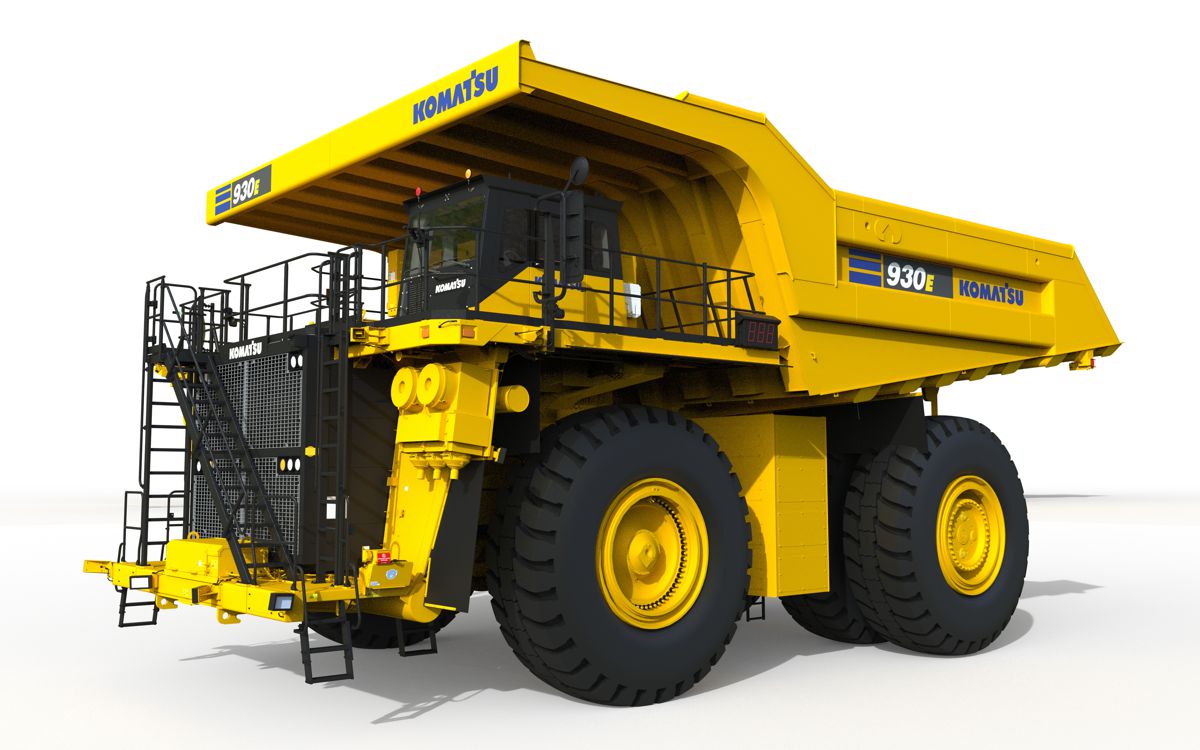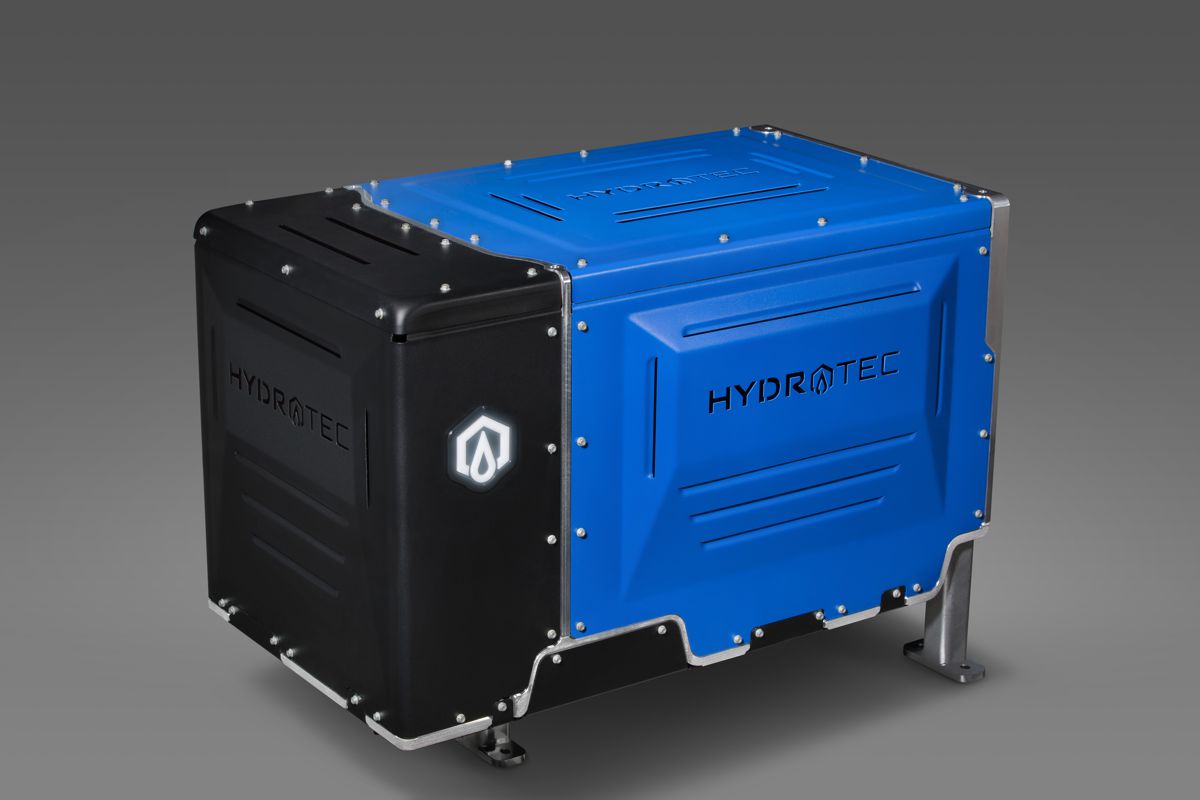GM and Komatsu revolutionize Mining with Hydrogen Fuel Cell Technology
In an era where climate change and environmental sustainability are at the forefront of global discourse, two industrial giants, General Motors (GM) and Komatsu, have embarked on a pioneering venture.
Their ambitious project? To co-develop a hydrogen fuel cell power module, setting their sights on revolutionizing the iconic Komatsu 930E electric drive mining truck – the world’s best-selling ultra-class haul truck.
A Strategic Alliance for a Greener Future
At first glance, GM and Komatsu might seem like strange bedfellows. GM, a trailblazer in hydrogen fuel cell technology, primarily known for its automotive exploits, and Komatsu, a global leader in mining and construction equipment. Yet, it’s a perfect match, combining GM’s technological prowess with Komatsu’s robust industry experience.
The collaboration aims to jointly design and validate technology that could redefine energy efficiency and environmental impact in heavy-duty mining and construction applications. It’s a bold move, considering these sectors have long relied on diesel engines, known for their high emissions and environmental footprint.

The Hydrogen Fuel Cell Advantage
Hydrogen fuel cells, characterized by their lightweight nature and rapid refuelling capability, emerge as a beacon of hope. Unlike traditional energy sources, they offer an effective way to store significant amounts of energy onboard vehicles without hampering their payload capacity.
This aspect is crucial for vehicles like the Komatsu 930E mining truck, which boasts a nominal payload of a staggering 320 tons. These behemoths typically spend their entire lifespan in a single mine, which simplifies the challenges associated with deploying an effective hydrogen refuelling infrastructure.
Zero Tailpipe Emissions: A New Reality
The implications of this technology are far-reaching. As Charlie Freese, GM’s executive director of Global HYDROTEC business, puts it, “Fuel cells can play an integral role in a zero-emissions future, helping to electrify heavier-duty applications beyond passenger vehicles.”
Komatsu’s foray into fuel cell-powered mining trucks isn’t just about innovation; it’s about offering a realistic, sustainable alternative to traditional battery-trolley or static charging solutions, sans the need for extensive charging infrastructure within mines.
Emission Reduction Goals: A Race Against Time
Komatsu’s commitment to sustainability is bold and clear. With a target to slash its global emissions by 50% by 2030 and achieve carbon neutrality by 2050, the company is not just focusing on reducing emissions within its product offerings but also in its facilities and production processes.
Collaborating closely with customers, Komatsu leverages technology and service solutions to optimize product use and minimize emissions.
Similarly, GM’s vision of a fully carbon-neutral operation, encompassing both products and operations by 2040, aligns seamlessly with this partnership’s objectives.

Cross-Industry Collaboration: The Key to Sustainable Solutions
Dan Funcannon, vice president of North America engineering and development for Komatsu, emphasizes the importance of cross-industry collaboration: “Finding new ways to power equipment for mining and construction is critical for a sustainable future. This partnership with GM is a testament to that belief.”
The Road Ahead: Testing and Development
The first prototype of the HYDROTEC-powered mining vehicle is slated for testing in the mid-2020s at Komatsu’s Arizona Proving Grounds (AZPG).
This vehicle, equipped with over 2 megawatts of HYDROTEC power cubes, will serve as a real-world testament to the feasibility and efficiency of this technology.
Decades of Innovation: GM’s Legacy in Fuel Cell Research
GM’s involvement in fuel cell research spans over 50 years. As one of the few companies with advanced, in-house technology platforms for both lithium-ion batteries and hydrogen fuel cells, GM’s expertise is invaluable in this partnership.
Both GM and Komatsu believe that these complementary technologies can catalyse the adoption of lower-emission mobility solutions across various sectors, extending far beyond the realms of passenger vehicles.
In Conclusion: A Leap Towards a Greener Tomorrow
This collaboration between GM and Komatsu isn’t just about advancing technology; it’s about reimagining the future of mining and construction. By harnessing the power of hydrogen fuel cells, these two industry giants are paving the way for a more sustainable, eco-friendly approach to some of the world’s most demanding industrial operations.
In an age where environmental consciousness dictates the direction of industries, this partnership stands as a beacon of innovation and a hopeful step towards a greener, cleaner world.




















